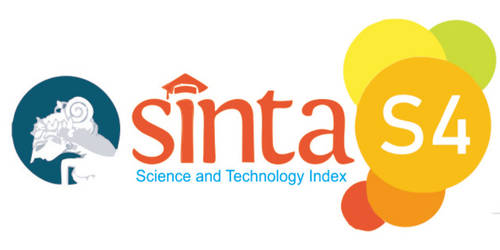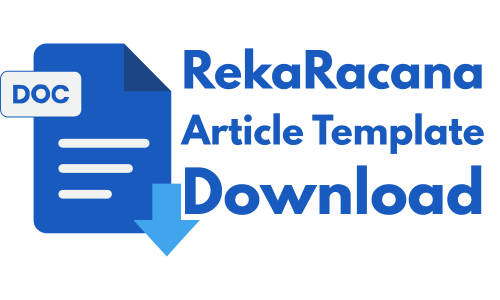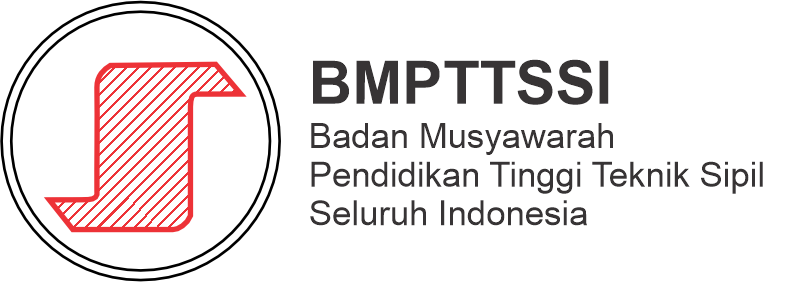Analisis Potensi Likuefaksi dengan Berbagai Metode Berdasarkan Data Cone Penetration Test pada Jalan Tol Seksi II Probolinggo – Banyuwangi
Sari
ABSTRAK
Kerusakan infrastruktur yang terjadi di Indonesia bukan hanya diakibatkan oleh beban dinamis gempa, namun juga dipengaruhi oleh respon tanah di bawahnya ketika gempa terjadi, salah satu contohonya adalah fenomena likuefaksi. Proyek Pembangunan Jalan Tol Probolinggo – Banyuwangi, Jawa Timur berada pada zona kerentanan likuefaksi sedang dan berada dekat dengan sesar Probolinggo yang memiliki pegerakan 0,2mm per tahun dan memiliki besar magnitudo 6.5 Mw. Penelitian ini dimaksudkan untuk mengukur potensi likuefaksi yang mungkin terjadi pada proyek pembangunan tol Probolinggo – Banyuwangi dengan menggunakan data Cone Penetration Test (CPT) berdasarkan metode analisis Shibata & Terapaksa, Robertson & Wride, Youd & Idriss, Juang et. al dan Idriss & Boulanger untuk mencari nilai rasio tegangan siklik (CSR) dan rasio tahanan siklik (CRR). Data pendukung lainnya pada analisis potensi likuefaksi ini adalah peta bahaya gempa 2017 dengan klasifikasi situs tanah lunak dan sedang. Hasil penelitian menunjukan bahwa jenis tanah yang terlikuefaksi adalah tanah pasir dan lanau kepasiran, jenis tanah ini sangat berpengaruh terhadap nilai CRR, sedangkan nilai CSR dipengaruhi oleh percepatan puncak gempa dan klasifikasi situs tanah.
Kata kunci: gempa, likuefaksi, metode analisis, CSR, CRR, CPT, percepatan puncak
Â
ABSTRACT
Infrastructure damages that have been found in Indonesia were not only caused by dynamic loads of earthquake, but also by the soil response underneath it while an earthquake occurs and one of it being a phenomenon called liquefaction. The project of Probolinggo-Banyuwangi Toll Road in East Java is within a moderate zone of liquefable soil, located near Probolinggo fault which is moving 0.2mm every year, and a magnitude of 6.5 Mw. This research estimated the liquefaction potential of this project with the soil data obtained by Cone Penetration Test, analyzed by using the method of Shibata & Terapaksa, Robertson & Wride, Youd & Idriss, Juang et. al and Idriss Boulanger, calculating the Cyclic Stress Ratio and Cyclic Resistance Ratio. This analysis of the potential of liquefaction used the map of earthquake in 2017 applied to soft and medium soil class. This research shows that the type of soil liquefied is sand soil and sandy silt soil. Both of these types gave a significant influence in calculating the CRR value, while the CSR value in influenced by the maximum acceleration of earthquake and the soil classification.
Keywords: earthquake, liquefaction, analysis method, CSR, CRR, CPT, maximum acceleration
Teks Lengkap:
PDFDOI: https://doi.org/10.26760/rekaracana.v7i3.167
Refbacks
- Saat ini tidak ada refbacks.
e-ISSN : 2477-2569
dipublikasikan oleh :
Program Studi Teknik Sipil
Institut Teknologi Nasional Bandung
Alamat: Jl. PHH. Mustofa 23 Bandung 40124
Kontak: Tel. 7272215 (ext. 206) Fax. 7202892
Didukung oleh :
Badan Musyawarah Pendidikan Tinggi
Teknik Sipil Seluruh Indonesia (BMPTTSSI)
RekaRacana © 2025 by Itenas is licensed under CC BY-SA 4.0








